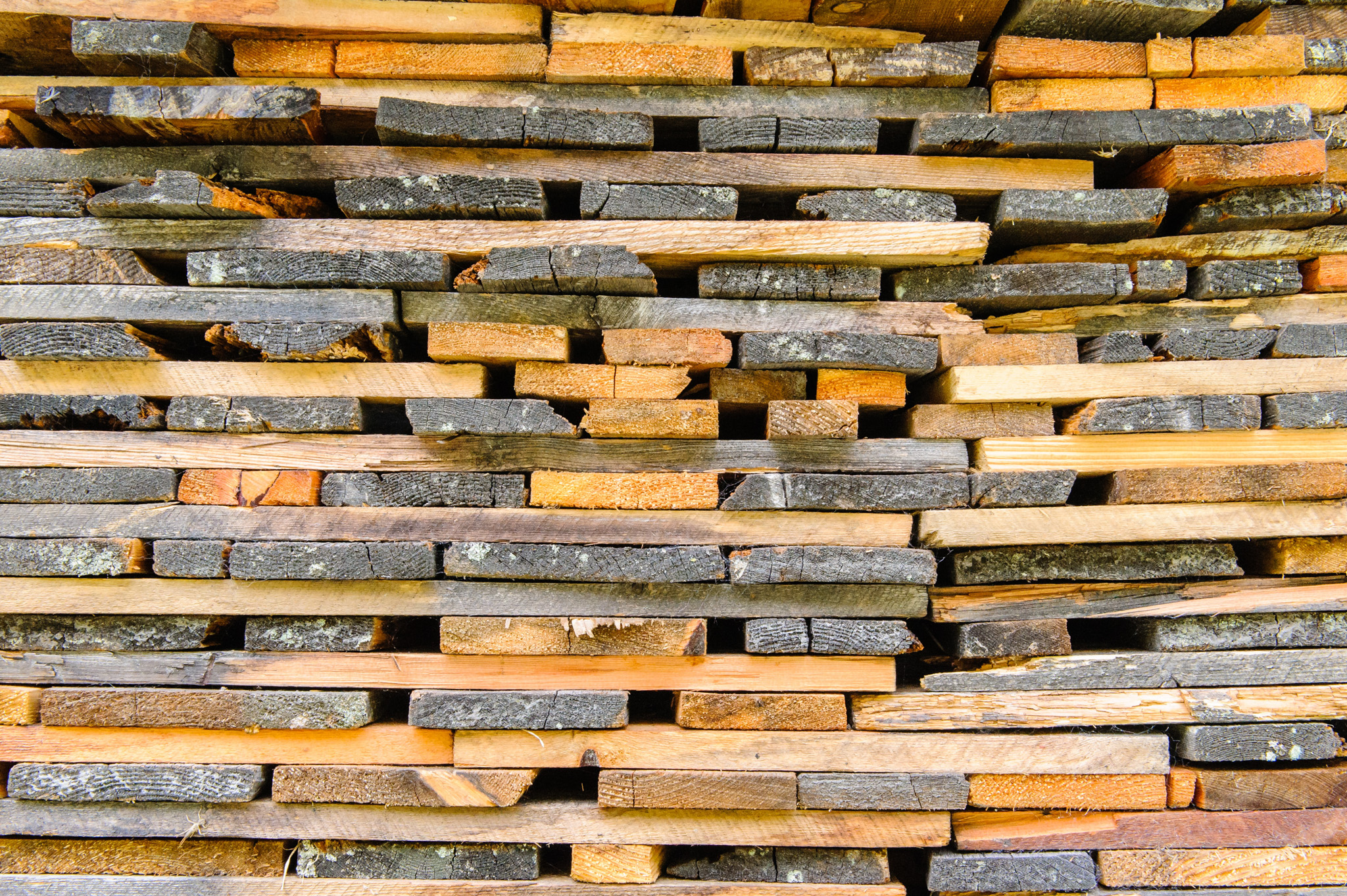
Business Case Wood Loop
In the chain and then nationally in the near future, Royal CBM – the branch association for the furniture industry & interior construction – wants to collect industrial wood waste flows from SMEs. CBS has calculated that there are more than 9,100 registered companies in the sector, of which at least 8,500 are smaller than 10 FTE. In 2020, we conducted a study for CBM into sheet material, residual flows of wood and circular opportunities in the sector. We found that 18% of all wood waste flow is disposed of as industrial waste.
To solve this problem, CBM has come up with Wood Loop, a digital packaging system for smaller furniture and interior design companies. With this (regional) pilot project, CBM will particularly help the smaller furniture and interior construction companies (1-10 FTE) with their production waste by means of:
- Waste management and insight
- Making sustainability and the sustainability potential (circularity) visible
- Creating awareness and changing behaviour thanks to more efficient separation at the source
- Setting up a cost-effective system that uses logistics in a different way
This collective and large-scale approach will also have an economic and ecological impact. In the future, the total that we can collect nationally in the market with this system will represent more than 50% of the total wood waste flow (60 ktons) in our sector. And because we make sure that the flows are separated cleanly (into recyclable and non-recyclable flows), we can control the recycling strategy (the “R-strategy”). Chipboard (= recyclable) will be returned to the producer in a cleaner condition, and MDF (= non-recyclable) will yield more than incineration (= reference case) thanks to pyrolysis (torrefaction), for example.
The packaging system will be digitised using QR codes, so a database will be constructed in the long term. This will provide a greater insight into the origin, the quantities of each flow or sub-flow and the quality. Because this involves a switch from intricate decentralised collection to large-scale central collection and processing, the system can also be seen as a system connector (matching, broker) in the future. And because the system will be managed by the trade association, its neutrality will also be guaranteed.
&Flux was asked to help organise this during the pilot and also to work on the business case of the Wood Loop system. To ensure that the system has a sustainable future, it is important to find out what it costs and how much it can produce. We will do this by developing a business case and holding talks with sales markets for the residual flows. From there, we will work towards an investment decision to determine what is needed to turn the pilot into a working system.
Would you like to learn more about this project or this specific theme?
No problem!
Mark would be happy to make an appointment with you.